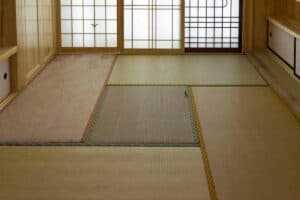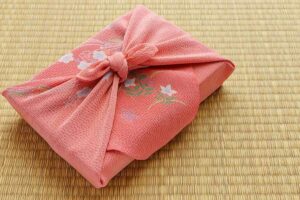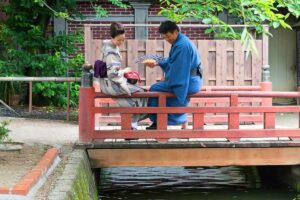Visitors to Japan first notice the skyscrapers and bustling city life before seeing wild animals.
Although the cities seem to have a life of their own, small, friendly, and adorable animals live in sparsely populated areas.
The Japanese squirrels are the tree-living species native to the Island. These tiny creatures enjoy living among people in the suburbs or bushy urban areas.
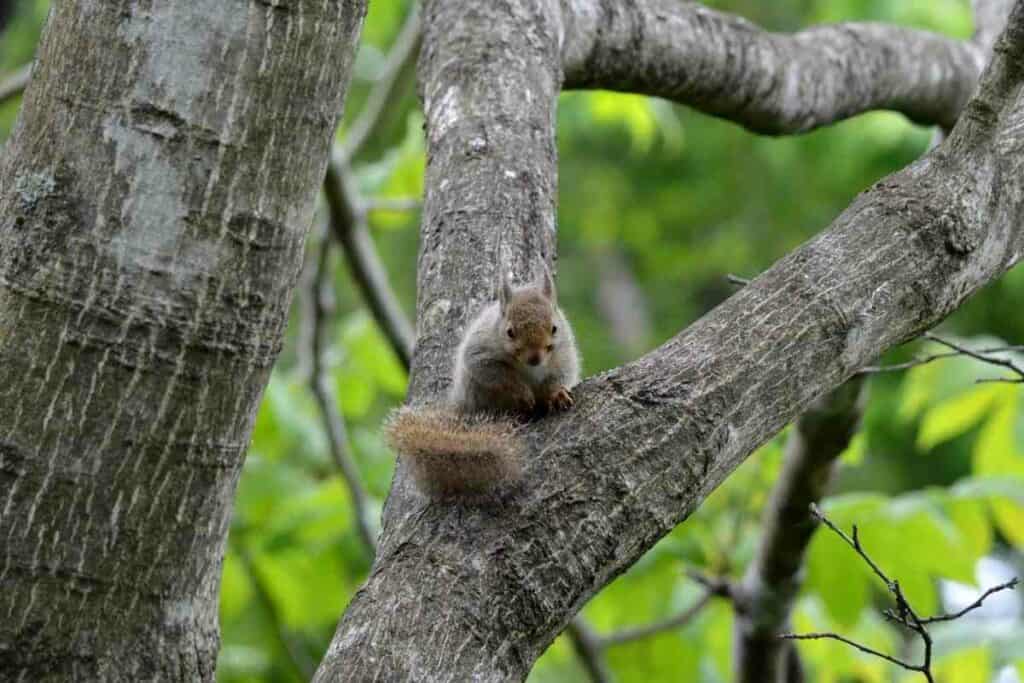
Although you can find a few squirrels around the cities, most prefer the peace of forest areas.
Lowlands and mixed forest areas of Shikoku, Kyushu, and Honshu in the Japanese Islands are the natural habitats of squirrels.
In urban areas of Japan, squirrels prefer where trees are plenty and food is readily available.
There is a unique location in Tokyo where you can visit hundreds of squirrels in an open enclosure.
The Family Zoo – Machida Squirrel Garden, is open to the public to see the Japanese squirrel up close. The staff allows visitors to feed the squirrels seed provided at the reception.
Table of Contents
Types of squirrels in Japan
There are two species: The Sciurus lis and the Pteromys momonga are known as Japanese squirrel and Japanese dwarf flying squirrel, respectively.
What do the squirrels in Japan look like?
They are furry, small in size, and fast, similar to other squirrels worldwide.
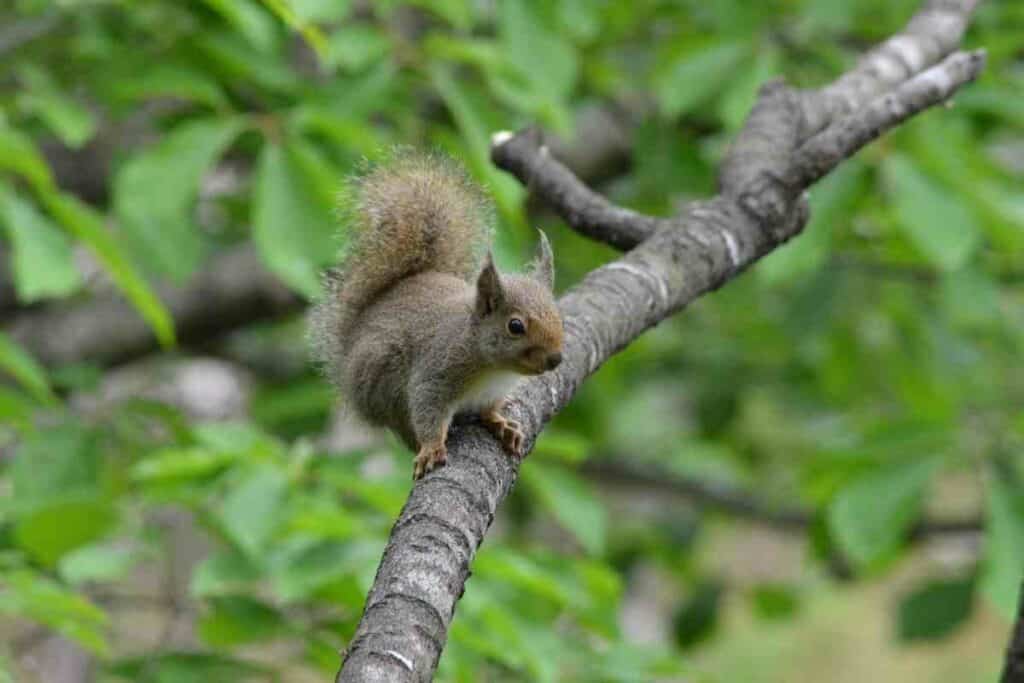
However, they possess unique characteristics that separate them from other breeds.
Here is a simple guide on differentiating a Japanese squirrel and dwarf flying squirrel from other species.
Booking.comCharacteristics of the squirrels in Japan
Fur Color
They have brown fur on their backs and around their feet.
However, their underside is white or light grey.
The back, shoulder, and foot fur may change to a deep shade of red or orange, depending on the time of year.
Tail
Their tail is fluffy, and the color is similar to that of their back fur.
However, it may contain streaks of white or yellow fur.
The pale fur on their bodies sometimes becomes brighter during winter.
Ears
Their ears are large and fluffy, usually the same color as the fur on their upper bodies.
Claws
They have sharp claws on their feet.
The front feet have four toes, while the back feet have five. Claws help them grasp branches, trees, and structures as they move around.
The flying dwarf species has a membrane that attaches its front feet to the back feet.
Teeth
The molar teeth on these squirrels have short crowns and long ridges.
The front teeth are long and sharp to crack tough nuts and seeds. In total, adult squirrels have between 20 to 22 teeth.
Weight
Adults weigh above 250 gms (0.55 lb) to over 300 gms (0.66 lb).
The flying dwarf species are smaller and weigh about 150 gms (0.33 lb) to 220 gms (0.49 lb).
Length
Mature Japanese squirrels reach a maximum of 390 mm (15.35 in) tall from the head to the tip of their tail.
The length of the flying dwarf species ranges from 140 mm (5.5 in) to 200 mm (7.87 in).
15 Fun facts about the squirrels in Japan
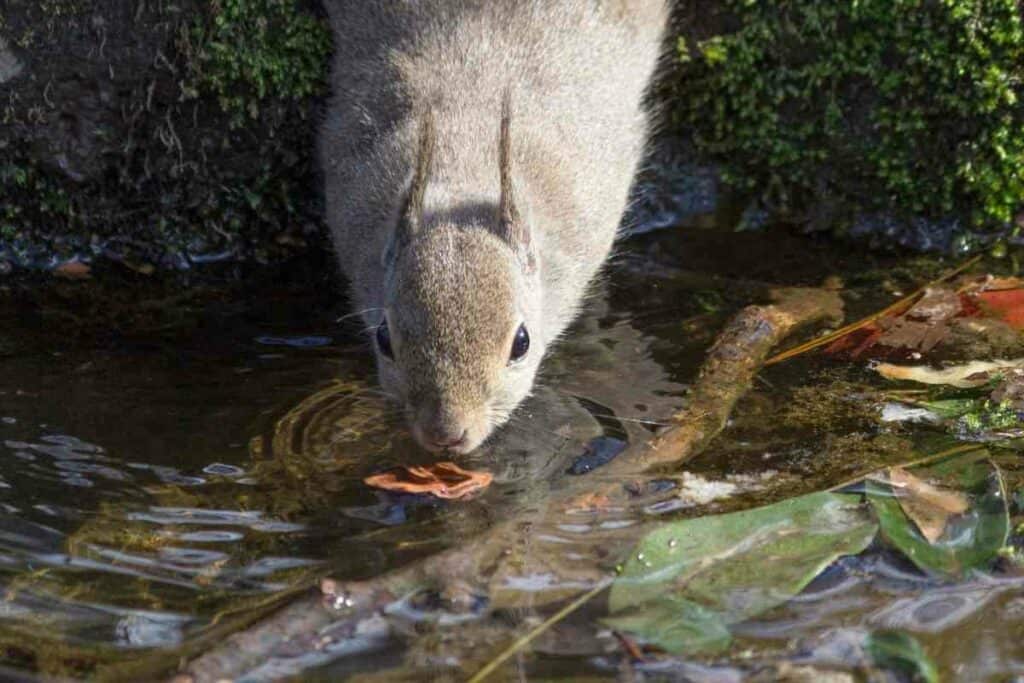
- They do not migrate. They live in the same trees through all seasons, preparing for winter in advance.
- Squirrels in Japan are only active in the mornings and spend the rest of their days sleeping in their tree nests.
- They build several homes in the trees and alternate living in all of them.
- Adult squirrels prefer living alone. However, they gather together to keep warm and find food during winter.
- They have a good sense of smell and can locate food in all hiding spots, especially in winter.
- The fat and older squirrels command authority over the younger and leaner animals. Their dominance creates order in the food chain, and they can reside in various tree homes.
- Japanese squirrels breed in February, March, May, and June.
- The female of a squirrel is known as Doe, while the male is known as a Buck. Young ones are sometimes known as Kittens or Puppies.
- They love eating Japanese walnuts. Although the shell around the heart-shaped nuts is hard to crack, their sharp teeth make it pretty easy for them.
- The front teeth of Japanese squirrels keep growing throughout their lives. The teeth enable them to keep up with the wear and tear from cracking hard nut shells and seeds.
- They talk a lot. Their high-pitched squeals and squeaks are a way of communicating with each other. The noise also keeps predators away, especially in large groups.
- They do not carry rabies and cannot transmit it to humans. Although it is not common for a squirrel to bite someone, it can happen in the case of pets.
- The Japanese dwarf flying squirrel is one of the only two flying species worldwide but does not fly. It glides from one branch to the other, covering a vast distance.
- Unlike the Japanese squirrels, the dwarf flying squirrels are nocturnal as they forage at night and rest during the day.
- Japanese flying squirrels prefer to live on trees, rarely getting to the ground.
People also ask questions
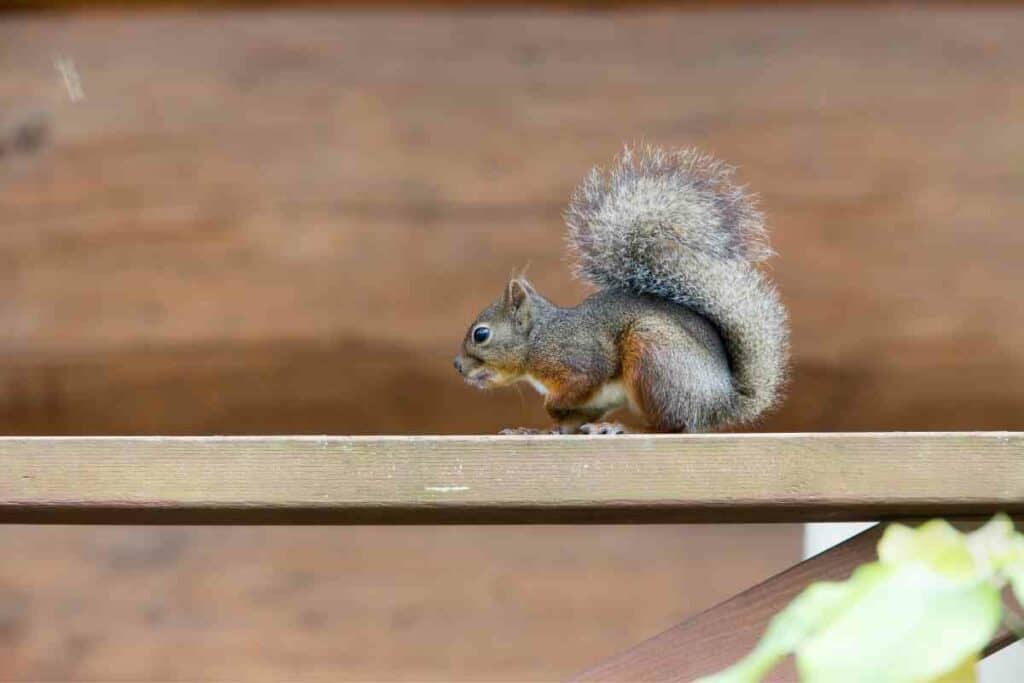
Are there squirrels in Tokyo?
Yes. These tiny creatures reside in residential areas with trees and the small animal zoo in the city of Tokyo.
They especially love making nests in old trees around the metropolitan area.
What do Japanese squirrels eat?
They are herbivores. They feed on small leaves, nuts, seeds, tree bark, fruit, and flowers.
When food is scarce, especially during winter, they can eat small insects and fungi on trees.
When hoarding food, the squirrels store away the large seeds and nuts. The small ones are eaten immediately.
They also pretend to hide their food if other squirrels observe them. It will tuck the nut behind its cheek and move it to a different location.
Others will dig several holes in various trees to appear to have more food buried.
This is known as deceptive caching, which refers to how squirrels conceal the exact location of food from the other rodents. They dig empty holes and cover a few to throw off the dominant squirrels.
What is the lifespan of squirrels in Japan?
An adult can live up to over ten years in the wilderness. They may live longer when kept as a pet or in an enclosed urban space.
Their lives are extended in confinement as they are less susceptible to diseases and prey attacks from larger predatory animals.
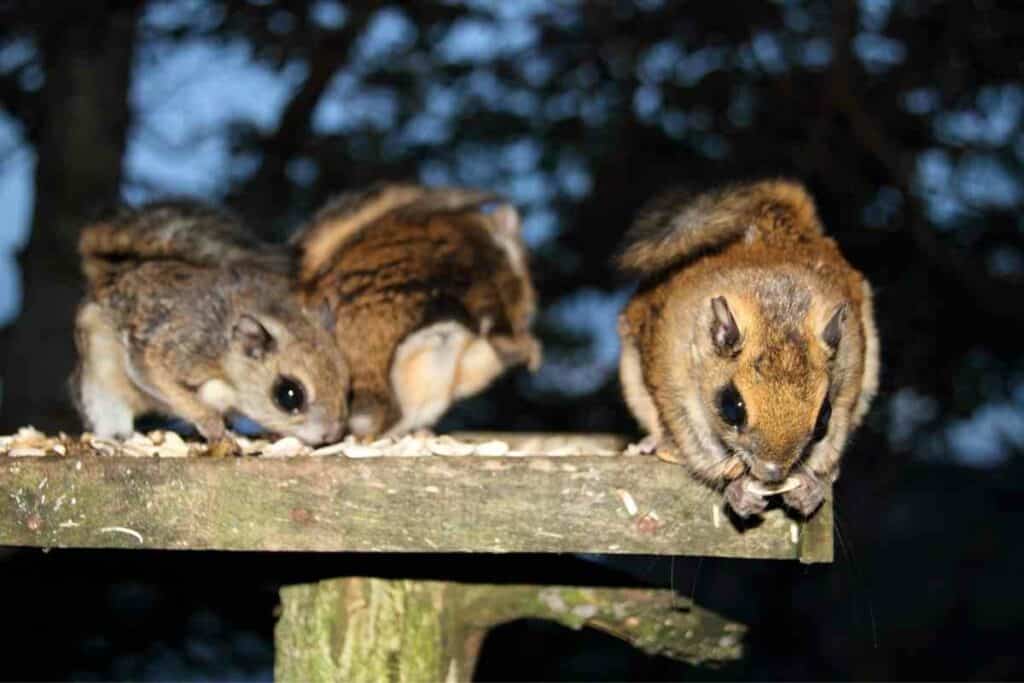
Japanese squirrels reproduce at over 250 days old for females and over 300 days for males.
Once they are mature, the female squirrels gestate for about 40 days.
A healthy female squirrel can have between two to over five kittens in one birth. The kitten’s nurse until they are over 60 days old.
Do the squirrels hibernate?
No, they do not hibernate.
However, squirrels will gather as many dry fruits, seeds, and nuts as possible in preparation for winter.
The food stock will sustain them through the cold months when movement is limited.
Squirrels prefer moderate temperatures, and although they can wander in winter, getting fresh food is usually challenging.
These dainty animals are also quite forgetful. Their small pockets of food may be tricky to find, so they steal from each other.
Can you keep the Japanese squirrels as pets?
You can keep them as pets if the local law allows it.
Wild animals are not permitted as pets in most countries worldwide.
Additionally, squirrels are fidgety and thrive best in the wild, free to forage for food.
Although squirrels are not dangerous to people, they can damage household property.

They chew through electric cables, wood cabinetry, and scratch surfaces. Keeping one as a pet may expose your house to unnecessary destruction.
Domestic cats, dogs, and large birds like crows and foxes are the main predators that attack squirrels.
A pet squirrel will not share a compound with these threatening animals. When scared, squirrels run up trees to hide or stop dead behind tree trunks.
Is the Japanese squirrel under threat?
It is illegal to hunt squirrels in Japan, so deforestation is the biggest threat to their population.
Read Next 📖
Since squirrels live in trees, they lose their homes when forest clearings make room for structures.
In Kyushu Island, the human population is increasing significantly, lowering the number of squirrels compared to previous decades.
However, the current number of squirrels is satisfactory, and no concerns have arisen.
Conclusion
A group of squirrels in Japan is known as a scurry or dray.
The Japanese fondly call the squirrel Nihon risu as their presence means the area is well forested.
Be on the lookout when in Japan for these tiny and harmless creatures.
The first tell-tale sign of their presence in your neighborhood is their quick criss-cross across trees, hanging wires, branches, and poles.
- 7 Best Japanese Sunscreen Products You Can Buy Online
- 5 Best Japanese Makeup Brushes for a Flawless Finish
- 7 Benefits Of Tatami Mats You Should Know
- The Best Furoshiki Wrapping Cloths: Inspiration, Ideas & Cloths You Can Buy
- Cool Tenugui Towels (10 Best Ones with Bold Japanese designs)
- Japanese Yukata Ideas & Inspiration (20 Creative Ideas)



